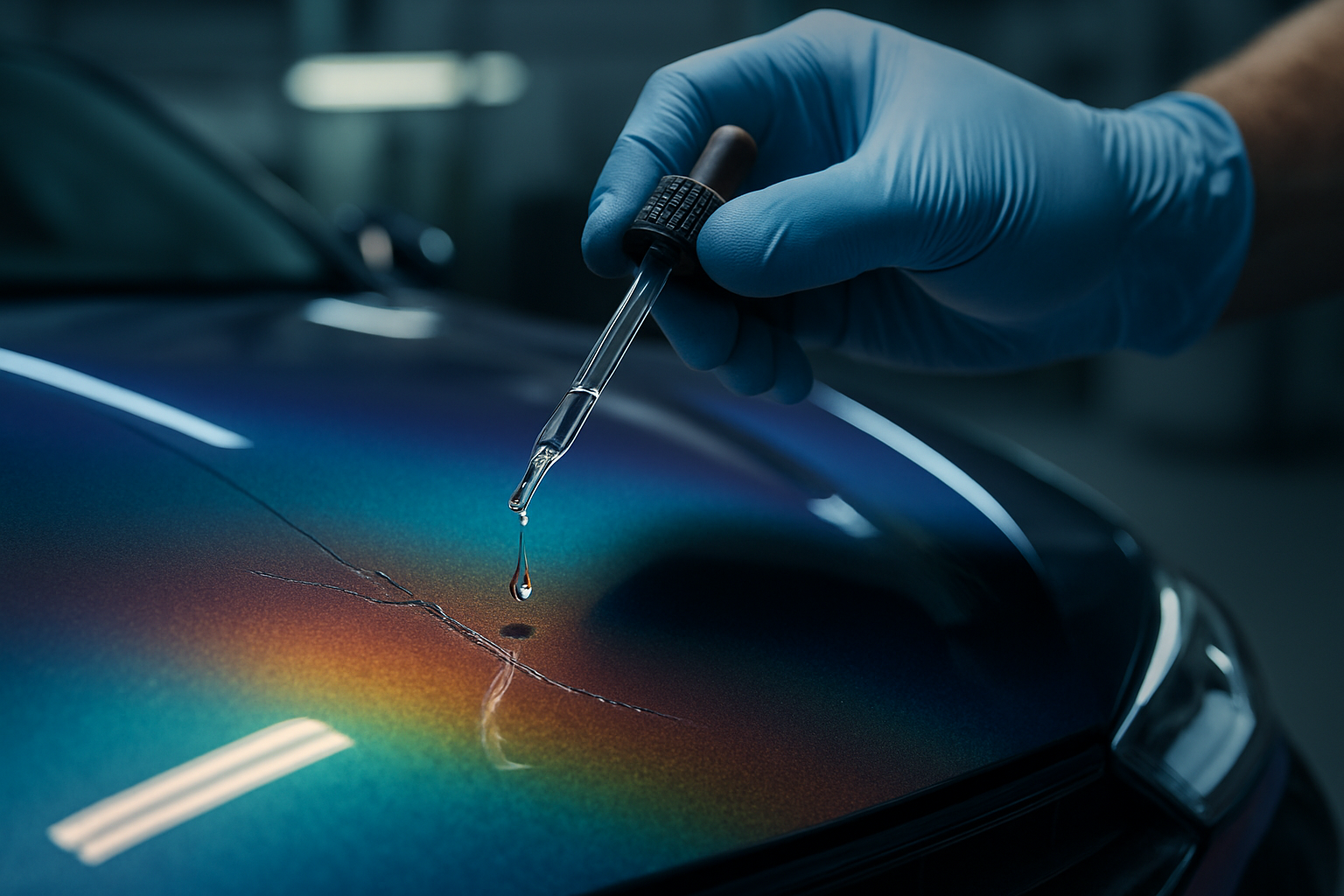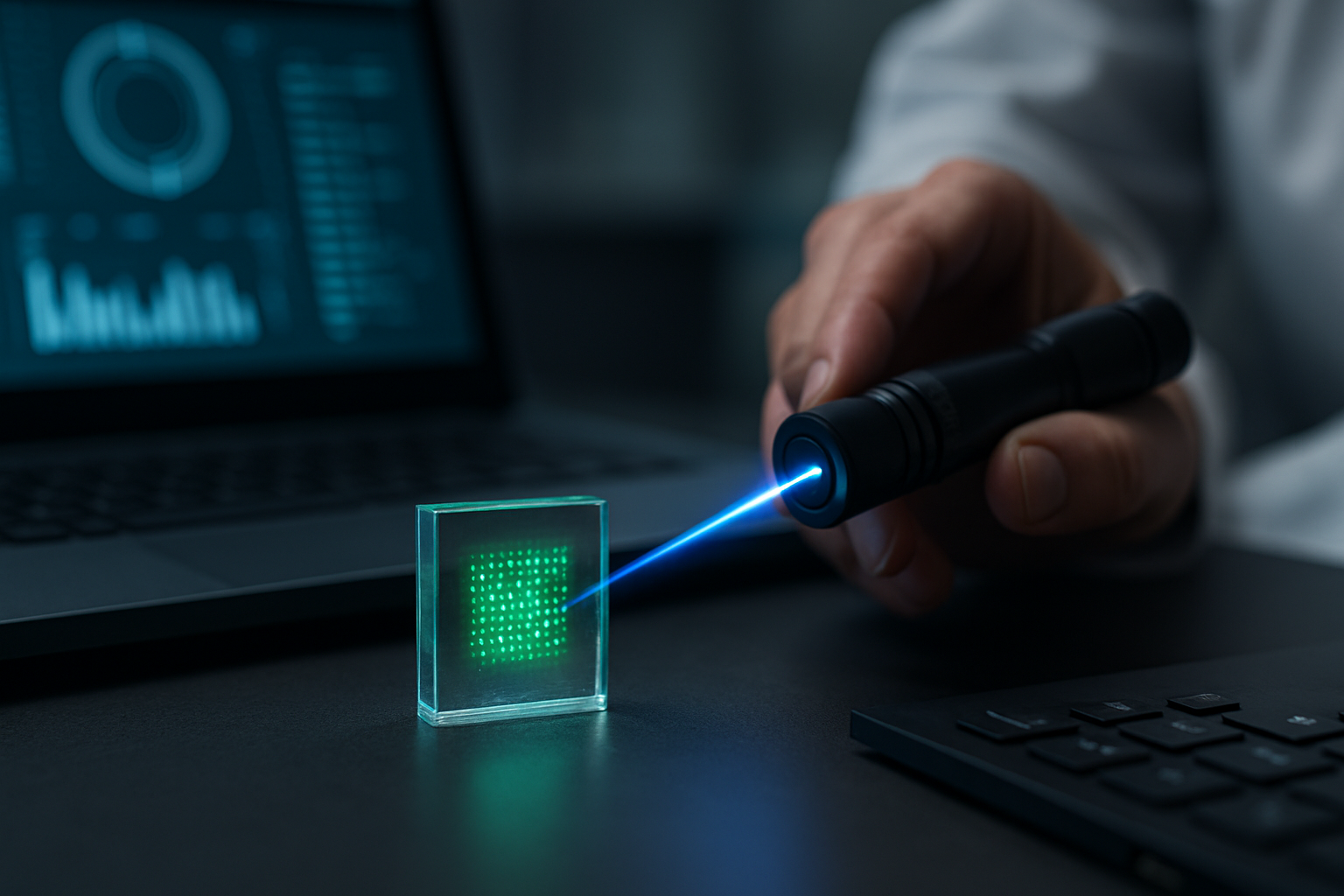The Intricate World of Automotive Paint Technology
Imagine a world where your car's paint could heal itself from scratches or change color according to your mood, becoming a personal statement of style and personality. This may sound like a futuristic fantasy, but it’s the current reality of automotive paint technology. This article will delve into this often overlooked facet of the automotive industry, providing a historical context, discussing current trends, and predicting future advancements.

Automotive Paints: A Colorful History
Automotive paint technology has come a long way since the early days of the industry. In the early 1900s, vehicles were painted by hand using varnish paint, which was a time-consuming and labor-intensive process. The introduction of the spray gun in the 1920s revolutionized the industry, speeding up the process and improving the quality of the finish.
However, the real breakthrough came in the 1980s with the introduction of waterborne paints. These paints were not only environmentally friendly, reducing the amount of volatile organic compounds (VOCs) released into the atmosphere, but they also provided a superior finish and greater durability.
Current Trends: More Than Just Aesthetic
Nowadays, automotive paint serves more than just an aesthetic purpose. It also provides a protective barrier for the car, shielding it from environmental factors such as UV rays, harsh weather conditions, and rust.
Research has led to the development of ‘self-healing’ paints that can repair minor scratches by themselves. This is achieved by incorporating microcapsules filled with a reactive agent into the paint. When a scratch occurs, the capsules break, releasing the agent which reacts with the atmosphere to fill in the scratch.
There’s also been a surge in demand for color-shifting paints, which can change color based on the viewing angle or light conditions. This is achieved by embedding tiny flakes of different pigments in the paint, which reflect light differently and create an iridescent effect.
The Future: Smart Paints and Personalization
Looking forward, the future of automotive paint technology appears bright and innovative. One exciting development is the concept of ‘smart’ paints. These are paints that can change color according to the driver’s mood, the temperature, or even in response to an electric current. This technology is still in its infancy, but it holds great potential for personalization and interactivity.
Another future trend is the use of nanotechnology in paints. This could lead to even more durable and scratch-resistant finishes, as well as paints with antimicrobial properties or the ability to clean themselves.
Impact and Challenges
While these advancements are exciting, they also present several challenges. For instance, self-healing and color-shifting paints are currently expensive and difficult to apply, limiting their accessibility. Additionally, more research is needed to ensure the safety and environmental impact of these new technologies.
However, the benefits are undeniable. Improved durability and customization options enhance the aesthetic appeal and longevity of vehicles, potentially increasing their resale value. Additionally, self-healing paint can save car owners a significant amount of money on minor scratch repairs.
In conclusion, automotive paint technology is a dynamic and exciting field with numerous innovations on the horizon. As we move forward, the color and finish of a car will continue to be a significant factor in its appeal and value, making this an area to watch for both car enthusiasts and industry watchers alike.





